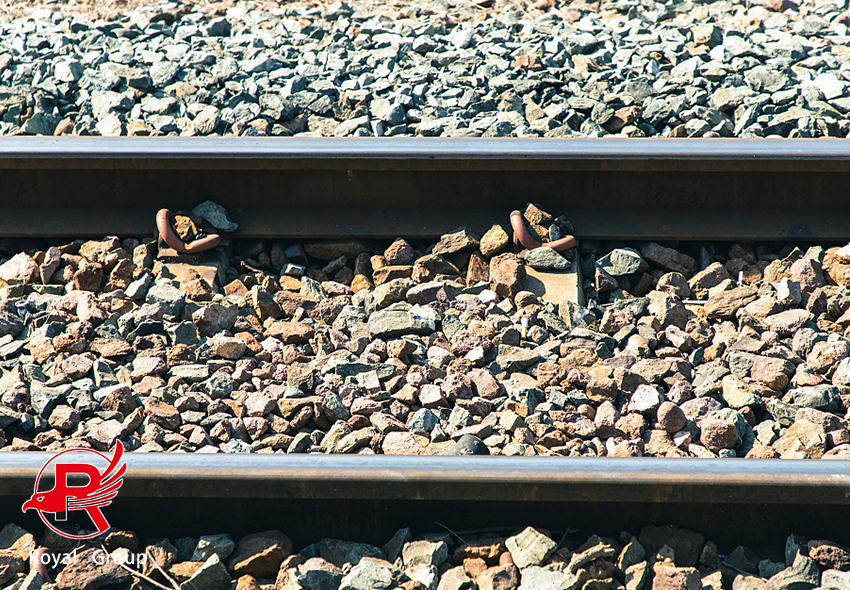Wiwit wiwitan ril sepur nganti saiki, ril sepur wis ngowahi cara kita lelungan, transportasi barang, lan nyambungake komunitas. Sajarah sakariltanggal bali menyang abad ka-19, nalika ril baja pisanan padha ngenalaken. Sadurunge, transportasi nggunakake ril kayu, nanging ora tahan lama lan ora bisa nahan beban sing abot.


Pambangunan ril sepur wis nggampangake pangembangan industri, perdagangan, lan perdagangan, nyambungake wilayah sing adoh lan ngidini transportasi bahan mentah lan produk rampung kanthi efisien. Iki, ing siji, wis mimpin kanggo pembangunan ekonomi lan wutah saka pusat kutha. railroads modern, kayata EN trek, wis luwih apik efficiency lan safety sakarel bajatransportasi. Trek modern iki dirancang kanggo nahan beban abot, kahanan cuaca sing ora becik, lan sepur kanthi kacepetan dhuwur.


Dikawruhi manawa sepur luwih irit energi lan ramah lingkungan tinimbang moda transportasi liyane, dadi pilihan sing disenengi kanggo penumpang lan barang. Kekiatan lan umur dawa sakarel sepur bajauga nyumbang kanggo kelestarian, amarga mbutuhake pangopènan sing sithik lan umur layanan sing dawa. Kanthi kemajuan teknologi lan bahan sing terus maju, rel sepur bakal luwih awet, efisien, lan lestari. Integrasi teknologi cerdas lan desain inovatif bakal luwih ningkatake safety lan kinerja ril, supaya bisa terus mengaruhi urip kita.
alamat
Bl20, Shanhecheng, Shuangjie Street, Beichen District, Tianjin, China
Telpon
+86 13652091506
Wektu kirim: Aug-06-2024
